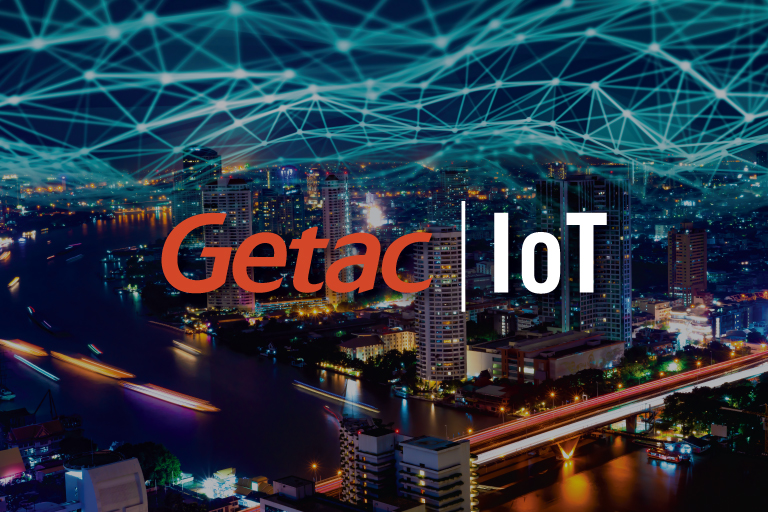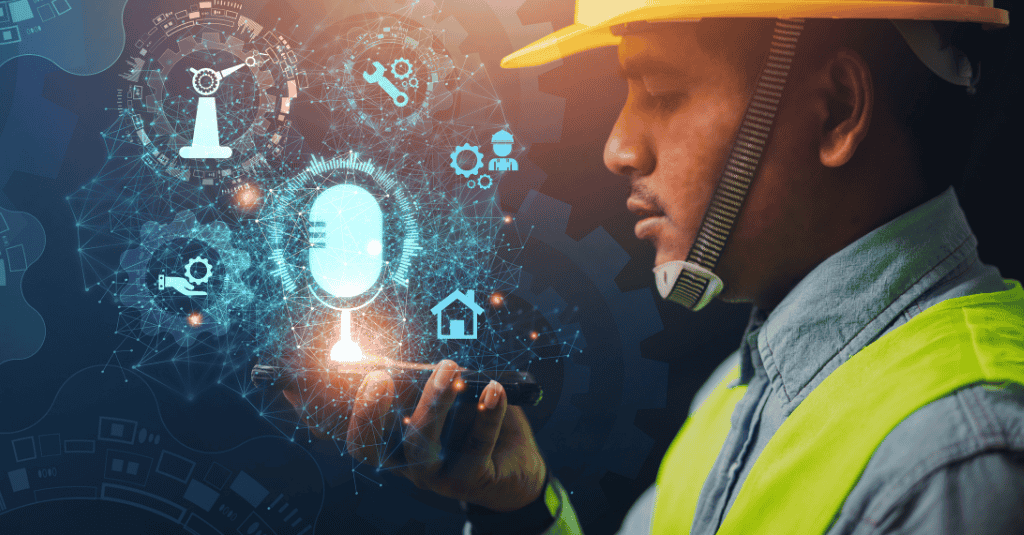As one of the leading rugged computer providers, Getac offers extensive rugged computing product lines and serves a wide range of vertical markets.

Getac Select
A combination of rugged computing devices, software, accessories and professional services in a purposeful range of specifically tailored solutions.
Getac Video Solutions
Video capture, evidence management, rugged hardware and robust software solutions for law enforcement and other industries.
Defense
Mission-critical COTS computing that delivers high powered processing and reliability in operational environments
Public Safety
Law Enforcement, EMS, Fire & Rescue applications
Utilities
Smart Meter Reading and Installation, On-site Safety, Utility Asset Management, Workforce Management for Utilities, Mobile GIS, Surveying and Mapping
Transportation & Logistics
Railroad Management, Airport Management, Port Management, Long-haul Delivery Fleet Management, Warehouse Materials Handling
Industrial Manufacturing
Industrial Programming and Robotic Control, Facility management, Compliance and Inspections, Workforce Management, Inventory and Warehouse Management, Factory Automation and Plant Monitoring, EAM and CMMS Solutions.
Automotive
Optimized Rugged Mobile Solutions to drive a smarter approach throughout the automotive value-chain.
Natural Resources
Mining, Forestry and Construction applications
Oil & Gas
Remote Support, Asset Management, Field Data Analysis, Workplace Safety
Today, everything is at our fingertips. This instant feature has become almost expected in a world where our patience and attention spans have dwindled. Faster is better. Instant, real-time data is expected and is becoming more critical in law enforcement.
The internet of things (IoT) is a system of interrelated computing devices in objects that can send and receive data through the internet. For law enforcement, devices, from phones to protective vests, can send out data to be used for surveillance, information or other purposes.
The internet of things also includes body-worn cameras, in-car cameras, license plate readers and many other devices and fixtures. Compiling this information and making it available in real time keeps police departments connected and working efficiently.
IoT has proven to be a valuable asset for law enforcement agencies. Having real-time access to an unfolding situation helps personnel respond to it appropriately. IoT can also provide critical information to officers in the field. For example, when officers pull over a vehicle, information about the vehicle and potentially the driver can be available before officers even approach the vehicle. Through the interconnectedness of devices, officers have access to the data they need. Additionally, if necessary, this data can be used to provide evidence in a case.
However, the volume of data coming from devices and fixtures can become overwhelming and difficult to sift through. Plus, agencies may not have internal systems compatible with all data types, meaning they could miss out on crucial information simply because of the form the data is in.
Efficiently leveraging the volumes of data an agency collects is critical to their success. Their solution should include the following:
To see how Getac Real Time Command leverages the internet of things and helps manage vast amounts of data, watch the demo here.
For information on the benefits of the Getac Real Time Command, contact a Getac Video Solutions representative today.
As one of the leading rugged computer providers, Getac offers extensive rugged computing product lines and serves a wide range of vertical markets.


